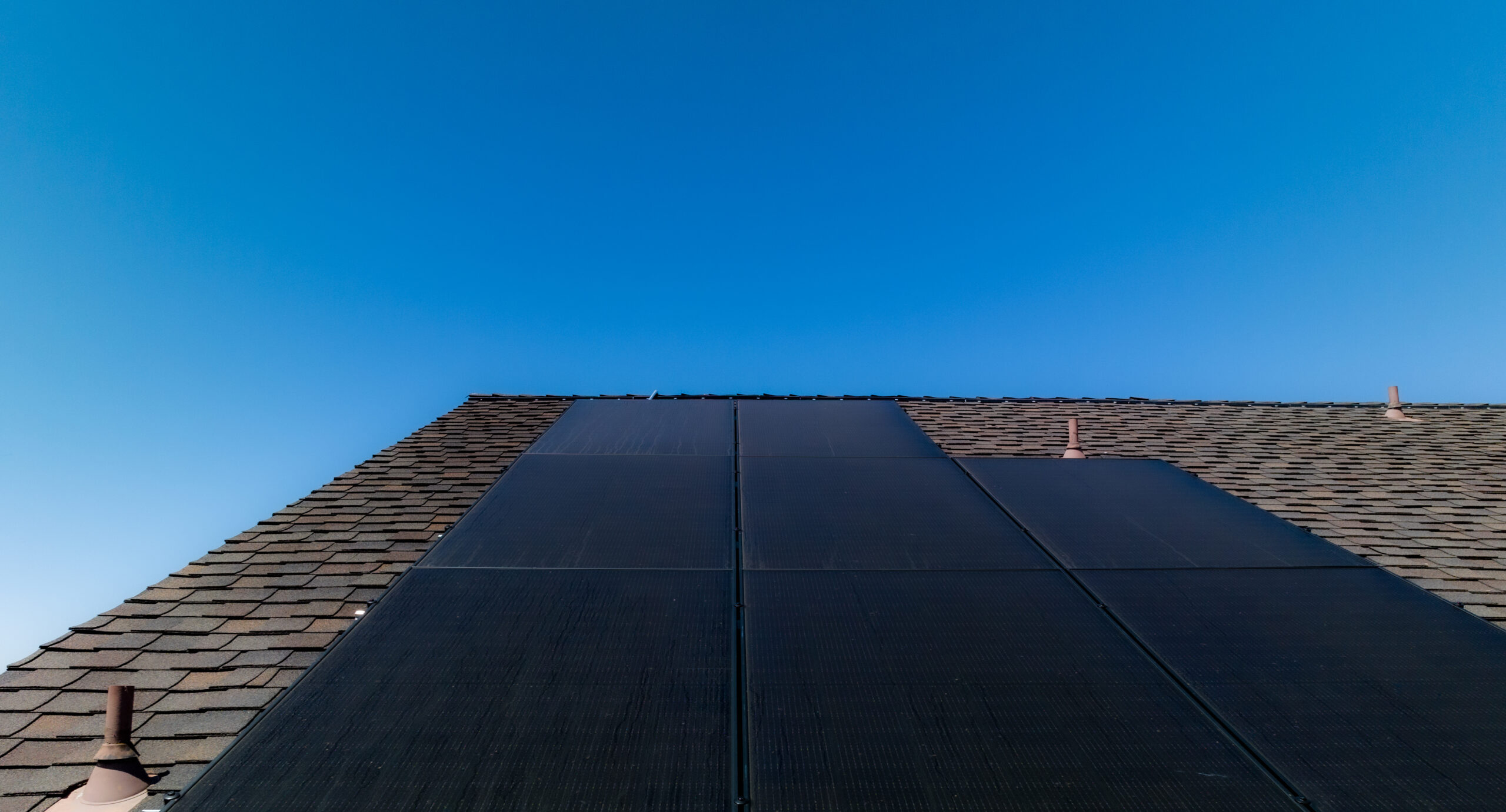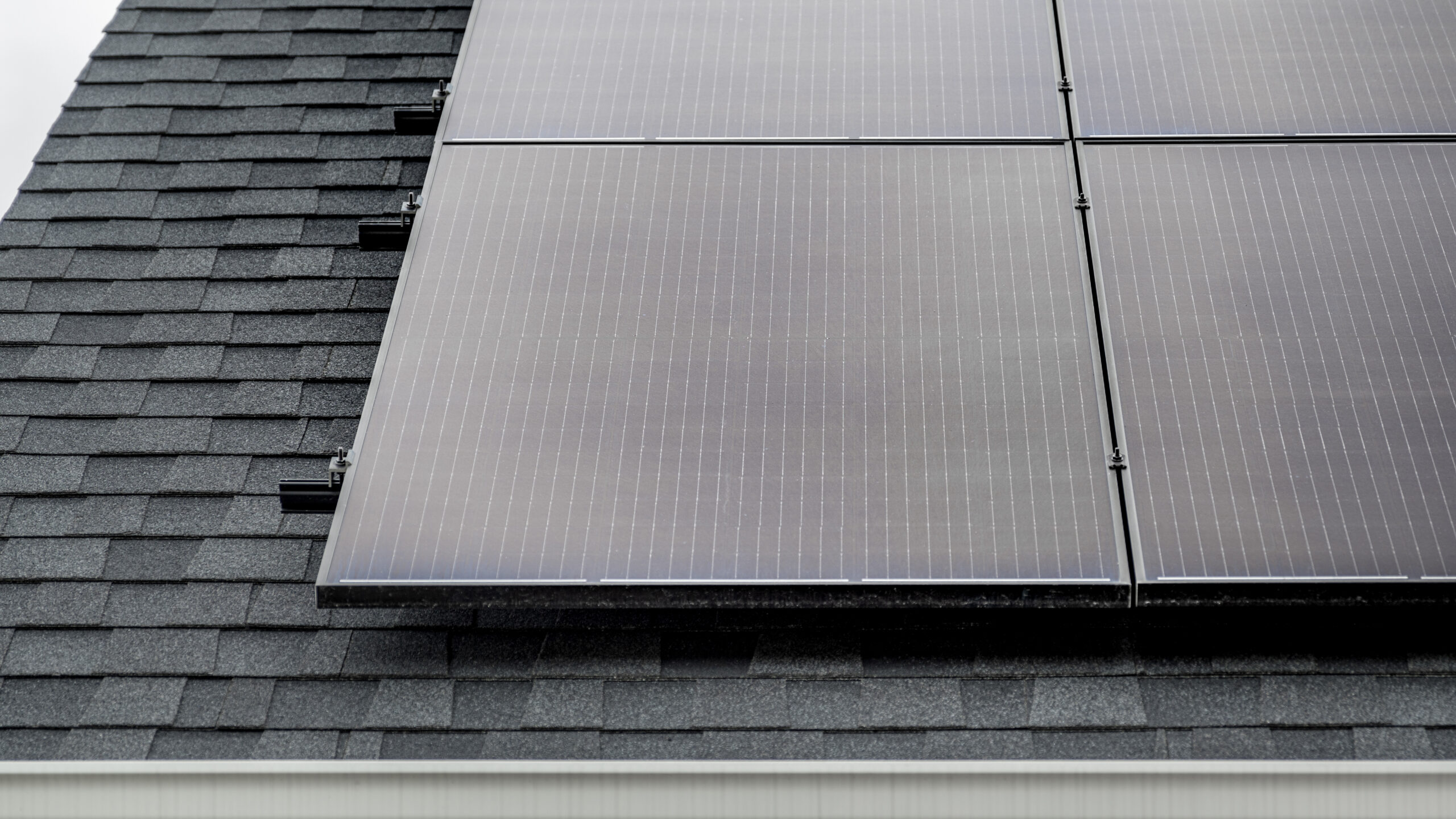Many homeowners have heard that switching to solar energy can help them save money on their utility bills each month. But did you know that there’s a tax credit that can help you reduce some of the costs associated with solar installation?
Read on to learn more about the solar investment tax credit, eligibility requirements, and how to apply this credit toward your taxes to help you save money.
Disclaimer: The information provided is for informational purposes only and is not intended as tax or financial advice. We encourage readers to conduct their own research and consult a qualified tax professional for specific guidance. Please note that this blog post was written in 2024, and it is possible that tax laws and incentives may change over time.
What Is the Solar Investment Tax Credit?
The solar investment tax credit (ITC), or the federal tax credit, is a program designed to help homeowners offset the cost of installing a home solar system. When you add a solar photovoltaic system to your home, you can claim a percentage of the installation costs on your federal taxes, which gives you a credit to lower the taxes you owe.
It’s important to note that the ITC is not a refund, and you won’t receive a check in the mail for the amount of your credit. For example, if your solar system installation costs you $17,500, you could claim a 30% credit of $5,250 toward your taxes, which reduces your overall tax liability for the year.
The ITC initially allowed homeowners to claim 26% of their solar installation costs in exchange for the credit. However, the plan, which was originally set to end in 2022, was extended until 2034 thanks to the Inflation Reduction Act (IRA). With the extension of the program, the IRA also increased the tax credit to 30%. This higher taxable rate is valid through the end of 2032; it will drop back down to 26% in 2033, then 22% in 2034, before ending completely on December 31, 2034.
Eligibility Criteria for Solar Investment Tax Credit
So, who qualifies for the solar ITC? Here are the eligibility requirements for the federal solar investment tax credit.
- You must own your photovoltaic solar system. It cannot be leased.
- The solar panels must be installed on your home in the United States.
- The system must be installed on your primary or secondary residence.
- The credit only works on newly installed solar systems, not a repurposed or upgraded existing system.
- The credit can only be applied to your taxes for the year you installed the system.
These requirements apply to residential installations only. There are different criteria for commercial or utility-scale installations.
How to Claim the Solar Investment Tax Credit
So, how can you claim the solar ITC? It’s a very straightforward process to claim the credit provided you meet the eligibility requirements.
Gathering Required Documentation for Tax Credit Claim
If you meet the eligibility criteria mentioned above, you simply need to fill out Form 5695. This form is available online and easily validates your qualifications for the ITC. You’ll need to provide specific information regarding your solar installation, including:
- Cost of the system
- Installation expenses
- Other relevant details
Keep in mind that this information only applies to residential solar installations, and information will differ for commercial installations.
Filing for Solar Investment Tax Credit: Forms and Procedures
Once you’ve filled out Form 5695 accurately and compiled the supporting documentation, you’ll need to complete the rest of your tax return forms. The total you’ve calculated on the 5695 will then be added to Form 1040, the federal income tax return, and placed in box 5.
From here, you can submit your tax return as you usually do, either electronically or by mail.
Common Challenges and Solutions in Claiming This Tax Credit
As with any type of tax filing, some challenges can arise when claiming the solar investment tax credit. Some of these challenges include:
- Gathering the right documentation
- Understanding technical or complex forms
- Being subjected to an audit
The best way to prevent these problems is to work with a qualified tax professional who completely understands the ITC and can help you claim it correctly. They will help you identify what paperwork you need, ensure the forms are filled out accurately, and assist you if your tax return is selected for a random audit.
How Many Times Can You Claim the Solar Investment Tax Credit?
You can only claim the solar ITC once. However, if the credit you receive is more than the taxes you owe, the remaining balance can be rolled over to the following year.
Let’s go back to our previous example of a $5,250 credit. If your federal tax liability for the year is only $1,450, the remaining $3,800 would be applied to the following year’s taxes. This will continue until you have used the credit you qualified for, but it will not renew or extend past the initial amount of the credit.
Does the Solar Investment Tax Credit Work with Other Incentives?
In most cases, yes. However, it’s possible that, depending on the other incentives you get, the credit you receive may be smaller than the current rate of 30%. This happens because the solar ITC is calculated based on the overall cost of your home solar installation. So, using other tax credits, rebates, grants, or incentives to help lower that initial cost could decrease your overall investment, resulting in a lower ITC.
Here are some of the ways the ITC can work with other programs.
State and Local Incentives
Many states offer different incentives to encourage homeowners to switch to solar energy. While these programs vary from state to state, they’ll likely come in the form of tax credits, rebates, certificates, or other incentives that help lower or offset the cost of solar installation. Additionally, states with robust solar programs, like California, Texas, Minnesota, and Colorado, will typically have more incentives available.
You can view various state incentives here.
Federal and State Grants
Most of the federal grants offered for solar are for commercial installations, though there are a few federal and state grants that can work for homeowners. The process would be the same as with solar incentives. You can apply for the grants to help lower the overall cost of installing a new home solar system; then, the ITC would go toward the price you actually paid minus the grant.
Solar Renewable Energy Certificate
A solar renewable energy certificate is generally considered taxable income for your taxes. Still, it won’t impact the amount of your ITC, as it doesn’t change how much you’ve paid to install solar panels.
Utility-Specific Programs
Some utility companies offer specific incentive programs for their customers, which can include performance-based incentives, cash rebates, or net metering programs. Typically, these programs are available only after you’ve installed solar, meaning they wouldn’t impact the solar investment tax credit.
However, using utility-specific programs to help purchase your solar panels or reduce their overall cost could lower your tax credit unless you claim the incentives as taxable income on your federal tax return.
How Will the Solar Investment Tax Credit Save You Money?
If you owe money and the credit is enough to cover it, you won’t have to pay it on your taxes since the ITC is credited toward your federal income taxes. Additionally, if the credit is for more than what you owe, the remaining money can be rolled over to the following year, further helping you save the money you might have had to pay back to the government.
Additionally, the solar investment tax credit makes it more cost-effective for homeowners to switch to solar, and using solar energy to power your home has its own cost-saving benefits. These savings typically come in the form of lower electricity bills each month. If you live in an area with a net metering program, you could also receive credits back on your bill, further reducing your monthly payment.
Will There Be a Tax Credit for Solar in 2024?
The solar investment tax credit is available for 2024 and will continue until 2034 unless the program is extended again. It’s important to remember that this tax credit does have a deadline, and the credit amount will decrease after 2032. So, if you are considering installing a home solar system and want to take advantage of the 30% credit, switching to solar sooner would be a better idea than waiting.
Contact Us
If you’re ready to start your solar journey but aren’t sure where to begin, contact the Qcells team. We are happy to answer any questions you may have, talk you through which products might be right for your situation, and put you in touch with our preferred solar installers in your area.
With all the federal, state, and local tax credits, rebates, and incentives available right now, there’s never been a better time to switch to solar energy. We can’t wait to help you make the switch.





 USA & Canada
USA & Canada Korea
Korea Germany
Germany United Kingdom
United Kingdom France
France Italy
Italy Netherlands
Netherlands Greece
Greece Poland
Poland Portugal
Portugal Hungary
Hungary Spain
Spain Japan
Japan